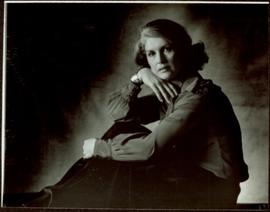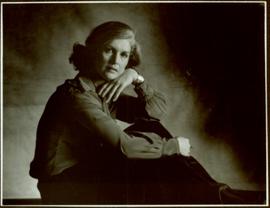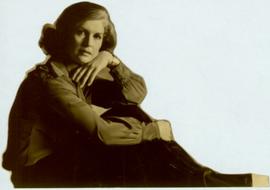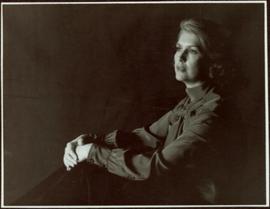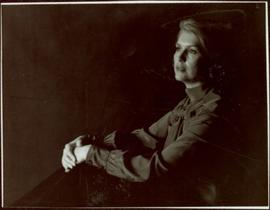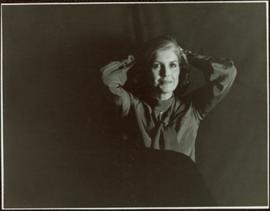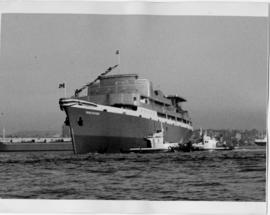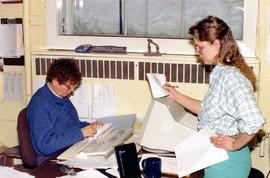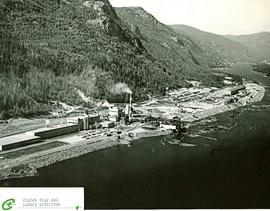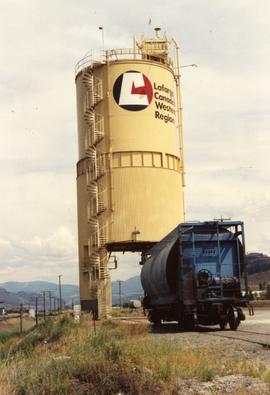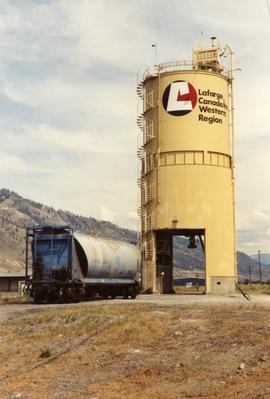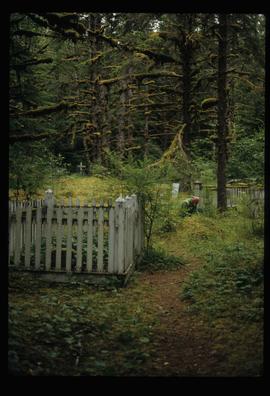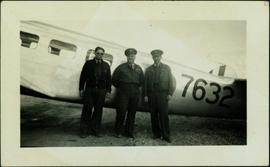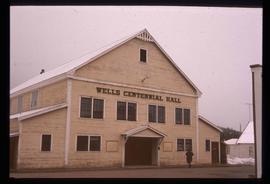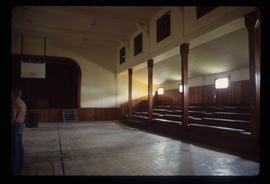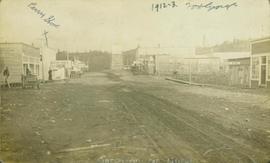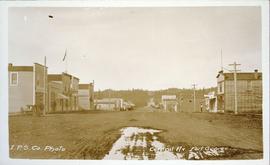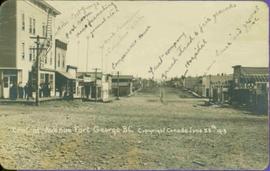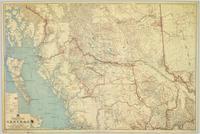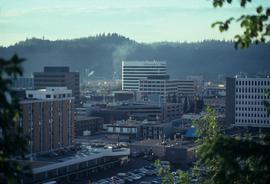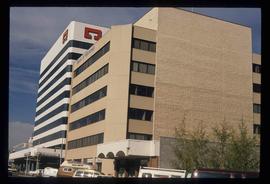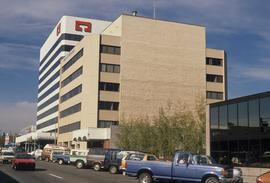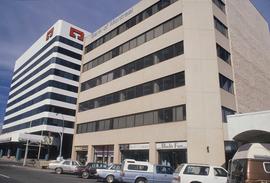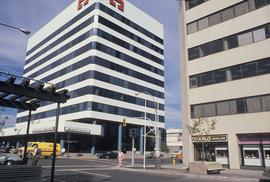Audio cassette contains recorded audio interviews from a CBC Radio program interviewing Bridget Moran in the CBC Prince George studio on the recent publication of Justa.
Audiocassette Summary
Context: The recording is a segment from a CBC Radio program with broadcaster Mark [Forsythe?] interviewing Bridget Moran in the CBC Prince George studio on the recent publication of Justa. Mark first speaks to Justa by telephone asking him why he wanted his story told.
Scope and Content: Mark notes that Bridget Moran has just published a new book about the life of Justa Monk, entitled Justa: A First Nations Leader. Before speaking to Bridget, he speaks to Justa by telephone and asks him why he wanted his story told.
Justa says he wanted to tell people about the story of his life but also about the hardships of his people; for example he notes the transportation in the early years was difficult and that it took 21 hours by horse to travel from Tachie to Fort St. James. Also he says that what had happened to him [killing his brother] changed his life. He points out that in particular the Elders wanted him to tell his story. [Mark thanks Justa and the interview ends]
Mark then introduces Bridget Moran and asks her to comment on why she decided to write the book. Bridget first notes that she had heard about Justa’s life while writing the story of Mary John and that many people had suggested that she should write a book about his life as well. Although she had seen him at community events (potlatches) she was not introduced to him until November 1991. At that time he introduced himself and asked her to write his story – because he believed that it is possible to make amends for a bad life.
Bridget goes on to describe the circumstances leading to Justa killing his brother in a fight and that alcohol had been a factor. Justa had contemplated suicide.
Bridget then explains the setting of where Justa lived at Portage on Stuart Lake, 150 miles from Prince George. She notes that in many ways it was a very traditional life, totally dependent on the land. She says that Justa felt it was important in telling his story to tell native youth of ‘what they had – and what they had lost’.
Bridget then tells how Justa had been sent to a residential school at the age of 10 and that when he arriving the priest & nun took away his clothes. When he asks why – in Carrier – the only language he spoke – he was hit by the priest.
Bridget then talks about the structure of the book and notes that “what I was really doing was oral history.” She notes that she starting out interviewing him first because she notes she didn’t know him very well – but that it progress she then just talked with him. Bridget comments that Justa is a ‘real communicator’ and uses body language well – and she noted that he could remember details and emotions very well which gives a “sense of immediacy” to his story.
Mark asks Bridget to explain how Justa went from killing his brother – to becoming a leader of his people. Bridget notes that although it was felt he acted in self-defense, that Justa felt that he had to do penance for what he did. He was charged with manslaughter and served his time in a Forestry camp. After that he decided to go back to school and finish his education in Dawson Creek. He then decided to come back to Tachie to ‘make peace with his people’ and that the Elders forgave him and accepted him.
Justa then went on to work in the Band Office, then as Manager, then as Chief and in 1990 was elected as the Chief of the Carrier Sekani Tribal Council.
Bridget states that Justa’s legacy for native youth in particular – is that you can overcome hardships and turn your life around. Bridget notes that instead of drugs and alcohol that youths should look to their culture, language and Elders to help them.
Bridget then notes that her hope is to now hold workshops to help First Nations document their own history. To show them how they can take ‘raw material that I start work with’ and ‘work it up into a readable story.’ She hopes to hold workshops with Bands so that they can ‘do it for themselves’ – particularly as so many of the Elders are sick and dying and won’t be around to tell their stories.
Mark thanks Bridget –
End of interview
